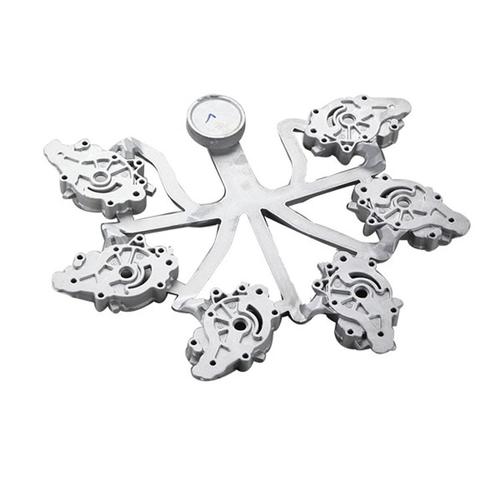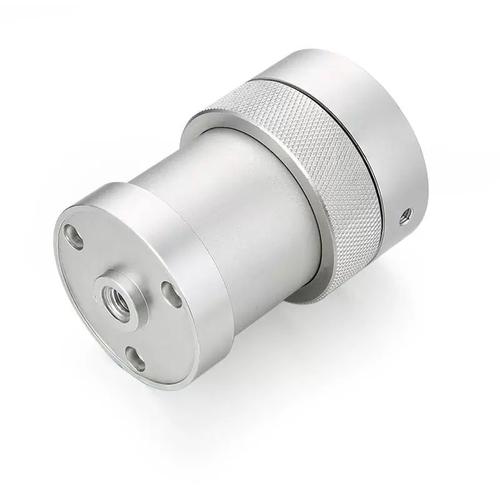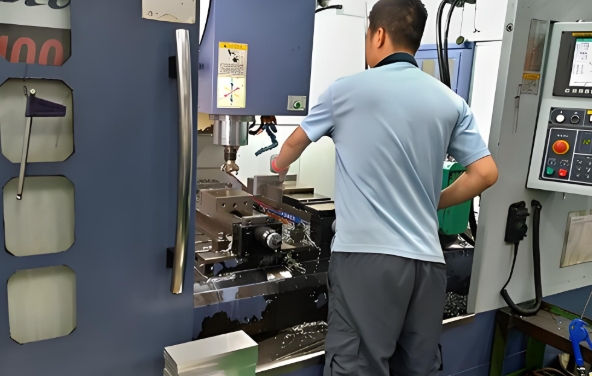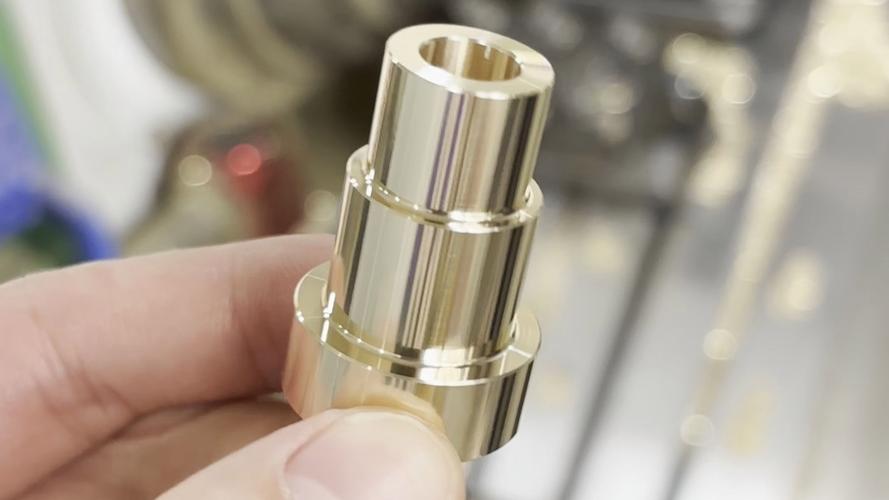
Step 1: The Main Metal for Die Cast Models: Zinc Alloys (Zamak)
Key Zamak Alloys for Models (and Their Uses)
|
Zamak Grade
|
Alloy Composition
|
Key Traits for Models
|
Typical Model Parts
|
|
Zamak 3
|
Zinc (96.5%), Aluminum (3.3%), Copper (0.03%), Magnesium (0.05%)
|
Excellent fluidity (fills tiny cavities); easy to polish; low cost
|
Fine details: body panels, trim pieces, small components (e.g., door handles, wheel rims)
|
|
Zamak 5
|
Zinc (95.5%), Aluminum (4.0%), Copper (0.5%), Magnesium (0.05%)
|
Higher strength and impact resistance than Zamak 3; better wear resistance
|
Structural parts: chassis, suspension components, larger body sections (e.g., 1:12 truck cabs)
|
- Fine detail reproduction: Its low melting point (380–420°C) and high fluidity let it fill tiny die cavities—capturing small features like engine grilles, rivets, or logo engravings (critical for collectible models).
- Lightweight but durable: Zamak is heavier than plastic (giving models a “premium heft” collectors love) but lighter than steel—easy to handle without being fragile.
- Cost-effective: Zamak is cheaper than aluminum or magnesium, making it ideal for mid-range models (e.g., (50–)200 1:24 car replicas).
- Easy to finish: It polishes smoothly and adheres well to paint (no chipping or peeling easily), which is key for realistic color schemes.
Step 2: Secondary Metals: Aluminum & Magnesium (When Are They Used?)
Aluminum Alloys (Rare but Specialized)
- Key traits:
-
- Higher melting point (600–650°C) than Zamak—harder to cast fine details but more resistant to bending or warping.
-
- Lighter than Zamak (density: 2.7g/cm³ vs. Zamak’s 6.6g/cm³) but stronger.
- Typical model uses:
-
- Large-scale models (e.g., 1:10 RC car bodies) where structural rigidity is needed.
-
- “Authentic material” replicas (e.g., aircraft models where the real plane uses aluminum—collectors value this accuracy).
-
- Budget-friendly toy models (aluminum is cheaper than Zamak in very high volumes, though less common for hobby grades).
- Tradeoff: Aluminum doesn’t capture tiny details as well as Zamak—so it’s rare for 1:18 or 1:24 collectible cars (where detail is king).
Magnesium Alloys (Premium & Rare)
- Key traits:
-
- Ultra-lightweight (density: 1.8g/cm³—lighter than aluminum and Zamak).
-
- High strength-to-weight ratio (stronger than plastic, nearly as strong as aluminum).
-
- More expensive and harder to cast (melting point: 650°C; requires stricter safety measures).
- Typical model uses:
-
- High-end aviation models (e.g., 1:48 military jets) where “realistic weight distribution” matters.
-
- Limited-edition collectibles (e.g., luxury car replicas) where manufacturers highlight premium materials.
- Tradeoff: Magnesium is prone to corrosion if uncoated—so these models often need extra protective finishes (adding cost).
Step 3: Secondary Materials (That Make Models Realistic)
1. Plastic (ABS, Polycarbonate)
- Uses: Interior parts (seats, dashboards), windows, tiny details (side mirrors, spoilers), or non-structural components.
- Why it works: Plastic is easy to mold into complex shapes (e.g., a detailed dashboard with buttons) and cheaper than metal for small, fragile parts. For example, a 1:18 car model’s windshield is almost always clear polycarbonate (lightweight and shatterproof).
2. Rubber & Silicone
- Uses: Tires, door seals, or soft-touch parts (e.g., steering wheels in high-end models).
- Why it works: Rubber mimics the texture of real tires (grip, flexibility) and adds realism—something metal can’t do. Silicone is used for ultra-soft parts (e.g., seat cushions in premium replicas).
3. Paint & Coatings
- Types: Acrylic paint (most common—durable, easy to color-match), enamel paint (high gloss for luxury car models), or clear coats (to protect the finish and add shine).
- Why it matters: Paint brings models to life—reproducing factory colors (e.g., “Ferrari Rosso Corsa”) or weathered effects (e.g., rust on vintage truck models). Clear coats also prevent metal oxidation (keeping Zamak models from turning “dull” over time).
4. Small Hardware
- Uses: Metal screws (to hold parts together—collectors value “disassemblable” models for customization), decals (logos, license plates), or metal pins (for moving parts like doors or hoods).
Step 4: How Material Choice Impacts Model Quality (What to Look For)
|
Factor to Evaluate
|
Zamak 3/Zamak 5 Models
|
Aluminum Models
|
Magnesium Models
|
|
Detail Precision
|
Excellent (captures tiny features like rivets)
|
Good (less fine than Zamak)
|
Good (similar to aluminum)
|
|
Durability
|
Moderate (resists scratches; avoids bending)
|
High (most impact-resistant—great for RC models)
|
High (strong but prone to corrosion if uncoated)
|
|
Weight & Feel
|
Premium heft (6.6g/cm³—feels “solid” in hand)
|
Lightweight (2.7g/cm³—less “substantial”)
|
Ultra-light (1.8g/cm³—realistic for aircraft)
|
|
Cost
|
Affordable ((50–)200 for 1:18 cars)
|
Mid-range ((150–)300)
|
Premium ($500+)
|
|
Collectibility
|
Highest (most common; easy to maintain)
|
Moderate (niche for RC/industrial models)
|
Highest (limited editions; rare)
|
Step 5: Common Myths About Die Cast Model Materials
- Myth: “All die cast models are made of ‘cheap zinc’ that breaks easily.”
- Myth: “Aluminum models are always better than zinc.”
- Myth: “Magnesium models are ‘worth more’ because they’re rare.”
- Myth: “Plastic parts mean a ‘low-quality’ model.”
Final Takeaway
- Zamak 3/Zamak 5 for collectibles (detail + heft).
- Aluminum for RC or rough-use models (strength).
- High-grade plastic/rubber (avoid models with flimsy, thin plastic parts).





